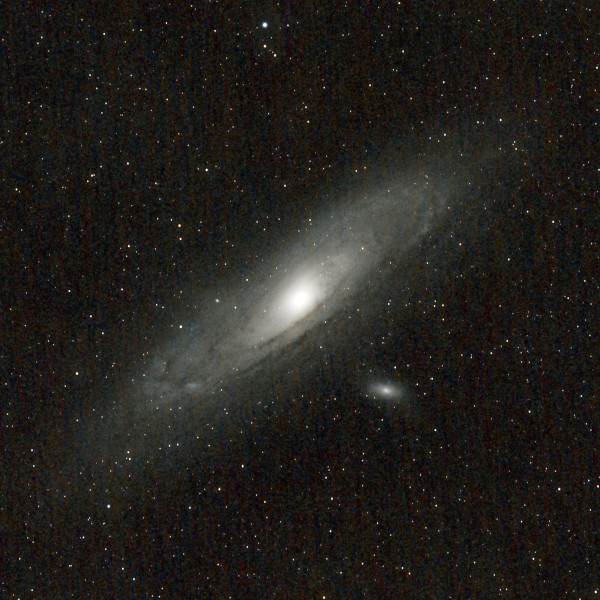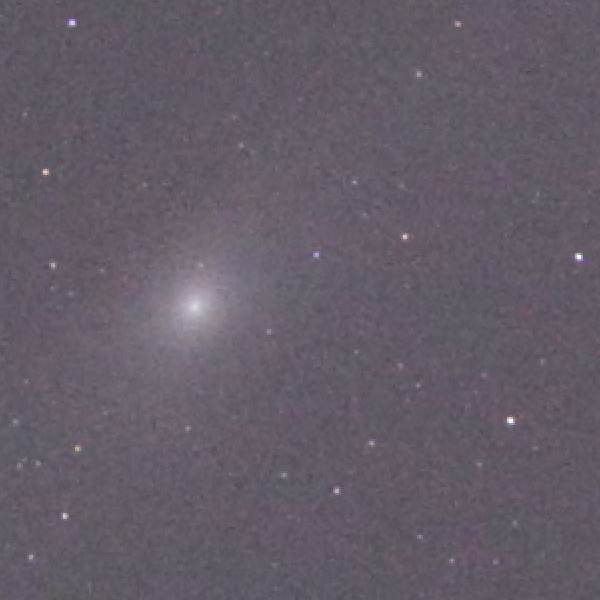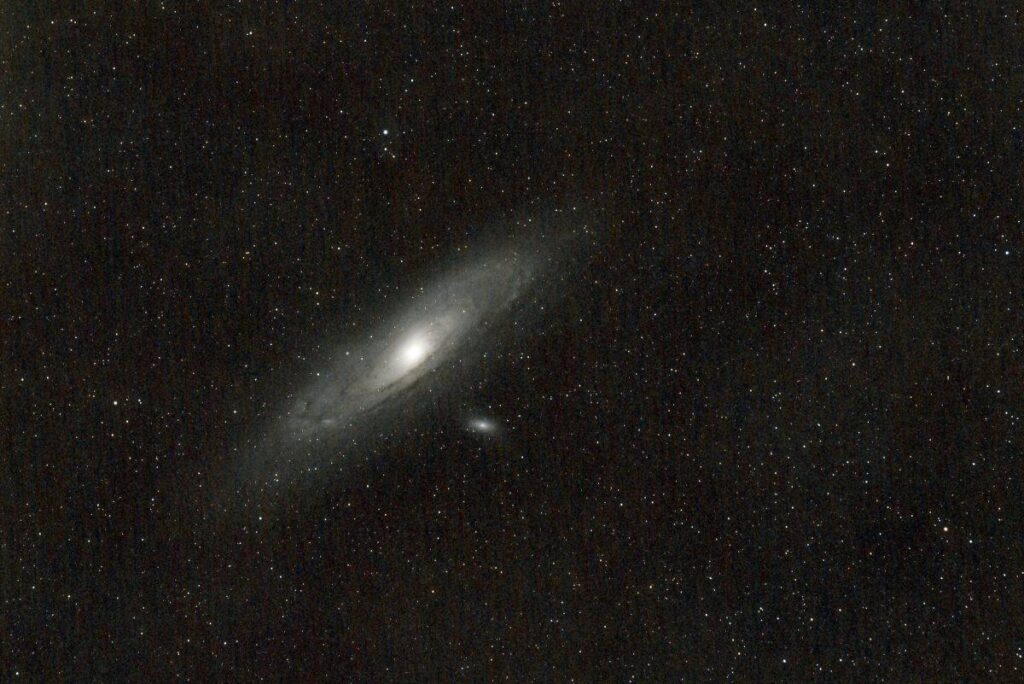
On the distant horizon, the orange and rose clouds fought valiantly to hold onto their firey glory as the sun faded below the Western skyline. But the curtain of the deep cobalt blue night sky was rapidly overtaking them to draw a close to the day from the East. The days are getting noticeably shorter again. A bittersweet bruise for most people as it hits them that the height of summer is now behind them. But for others, the anticipation of discovery builds as the night sky sheds its modesty to showcase its beauty and wonder. It would have been a perfect evening for astrophotography had the moon not played the foil. But it’s valuable time nonetheless as it gives me an opportunity to squeeze in a bit more star tracker testing with Gamma.
Testing Conditions and Setup
I had hoped to continue testing Gamma with the Samyang 135mm lens shooting 90-second exposures. But I couldn’t keep my pictures from blowing out between the light cast from Krakow and the 3/4 waxing moon. So, I backed my exposure off to 45 seconds, stopped my lens down to f/4, and parked my ISO at 1600. Even with these settings, I’m a bit overexposed. But it’s more about the tracking tonight than it is about the photo.
I’m a little more excited than usual because there is zero wind this evening. While it’s a bit more uncomfortable with the warm summer air, I can at least eliminate the wind as a source of error in my photos. Tonight, I’m going to see exactly what the Gamma Star Tracker is capable of as I’m testing.
Session Details
I managed to snap off 250 light frames at the settings mentioned above. That comes out to just North of 3 hours of exposure time. Easily the longest productive session I’ve managed to date. This alone was pretty exciting. But I was also encouraged because this is the first time I didn’t need to fiddle with the rig during the session to adjust anything. In hindsight, I would have benefited from refocusing the camera in the middle of the session. But in terms of the tracker, I just set it up and let it rip. I took 30 dark frames and 25 flats to calibrate my stack. Now I just need to review my light frames to see how good, or bad, they came out.
Image Quality
I studied all 250 light frames taken during my session and to my great surprise, 234 photos were what I would consider stackable. Of the 234 photos, I flagged 160 as being of high quality and 74 as being of good quality. Here is a RAW sample of Andromeda zoomed-in at 200%. This is what I consider a high-quality image.

You can see even from this sample that my light conditions were less than ideal. It’s a shame because I know a lot of Andromeda’s features were simply swamped out by the moon and city light. In other words, the signal-to-noise ratio per my environmental conditions was poor. But you’re going to have a hard time wiping the smile off of my face because of the success of the star tracker testing results.
Stackable Photos – 234/250 or 93.6%
High-Quality Photos – 160/250 or 64.0%
These are the best results that I’ve had to date with any of the trackers that I’ve built. I’m especially excited because I know there are a number of issues that I’ve flagged with this test rig that are less than ideal. All things I’ll correct in the final version of the Gamma Star Tracker.
Final Stack
The image below is a stack of my high-quality images from this session. I plan on running a test later by drizzling this data by 2x while including all of my stackable photos. Again, I’m not looking to produce a better photo, but rather just looking to refine my processing workflow. After all, you can’t really fix a signal-to-noise issue with the data. But nonetheless, here is my result.

Conclusion and Next Steps
I’ve seen enough. Gamma looks to be a solid tracker under the right conditions. And with what I’ve learned through testing, I’m certain that I can tighten up this star tracker’s performance even more. I think it’s time to go ahead and build the final version of the Gamma tracker.
I’ll just note in closing that I’m having a little trouble settling on the final gear design of Gamma. In the final gear stage of Gamma, I’m driving the shaft with a pair of involute gears. I’m wondering if I wouldn’t be better served by driving the final stage with a belt drive. At best, I’ve got good contact between 2 or three gear teeth with the involute gears. So backlash will continue to be a concern. I can basically eliminate that with a belt drive where I’d have good contact with almost half of the teeth on the gears. This might make the final operation even smoother and less susceptible to various noise sources (like wind). I think I’ll start with the involute gears in the final design and if needed I can swap them out for a belt drive later. We’ll see.
